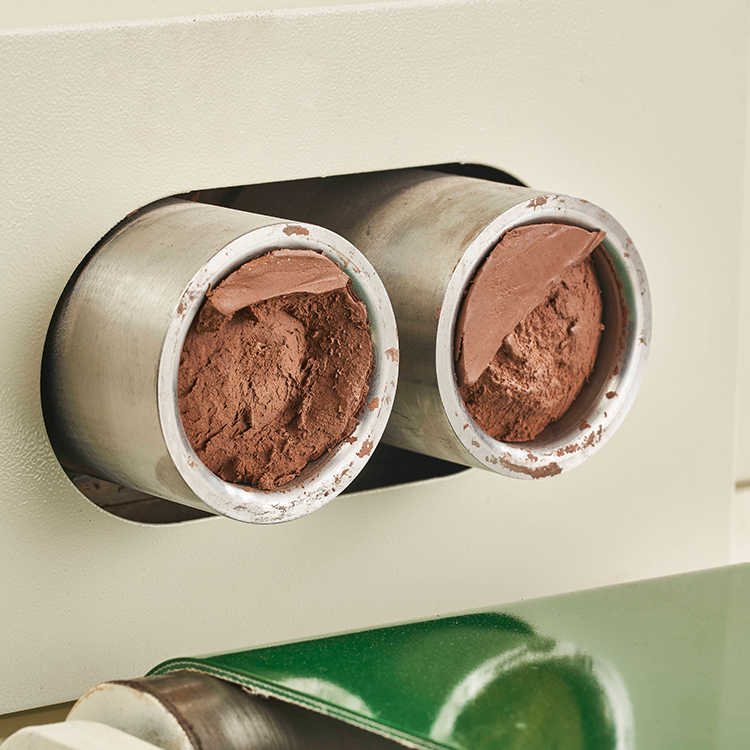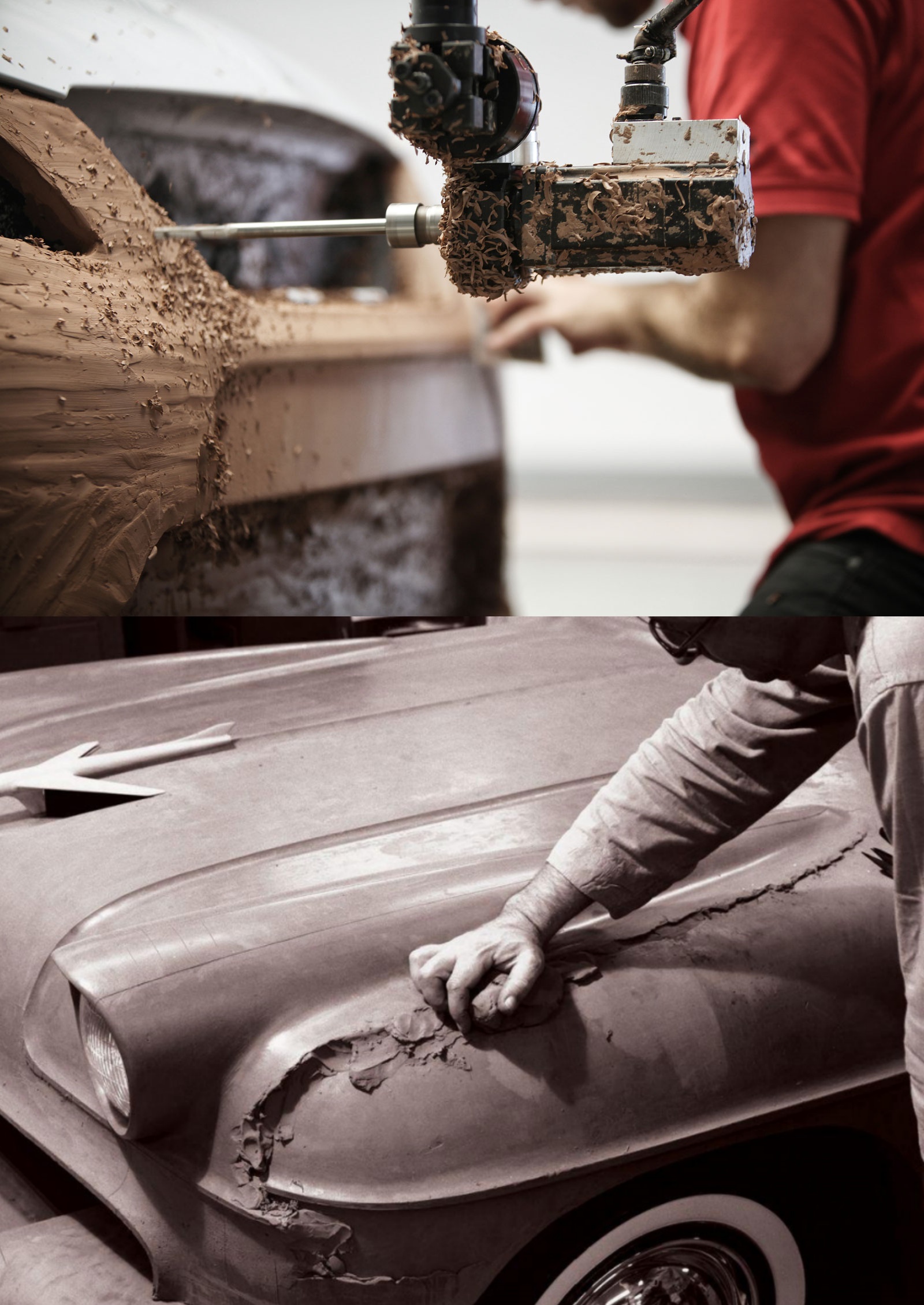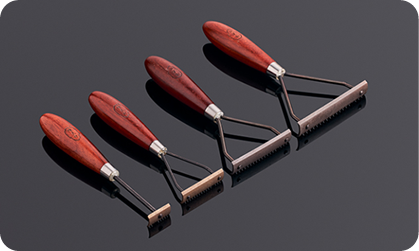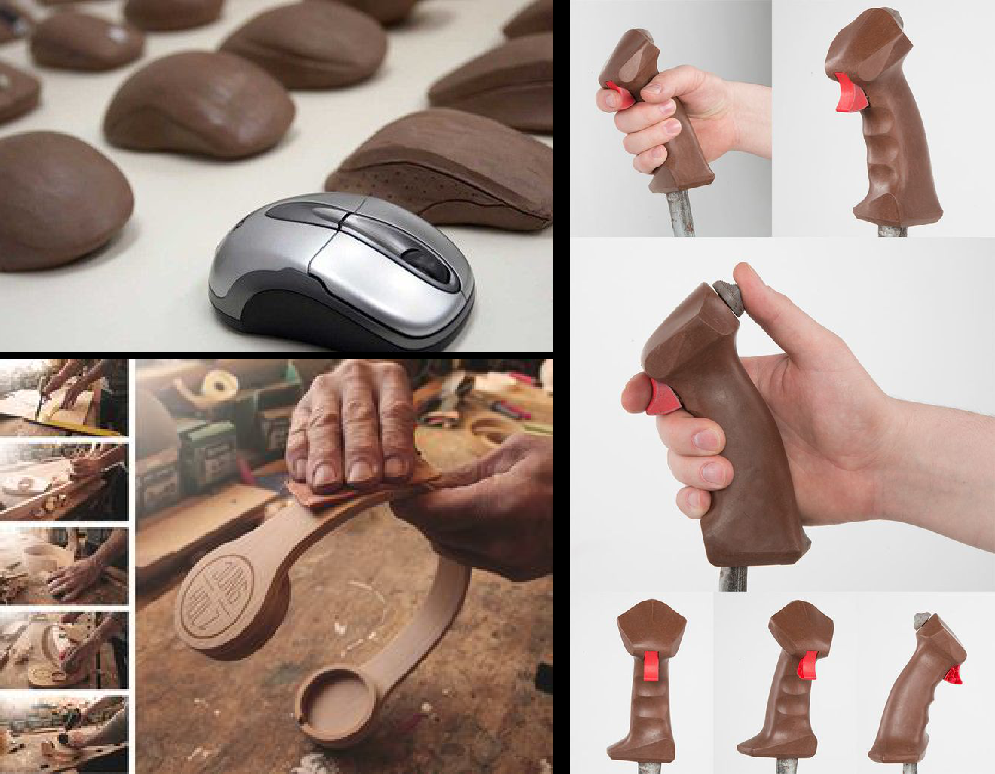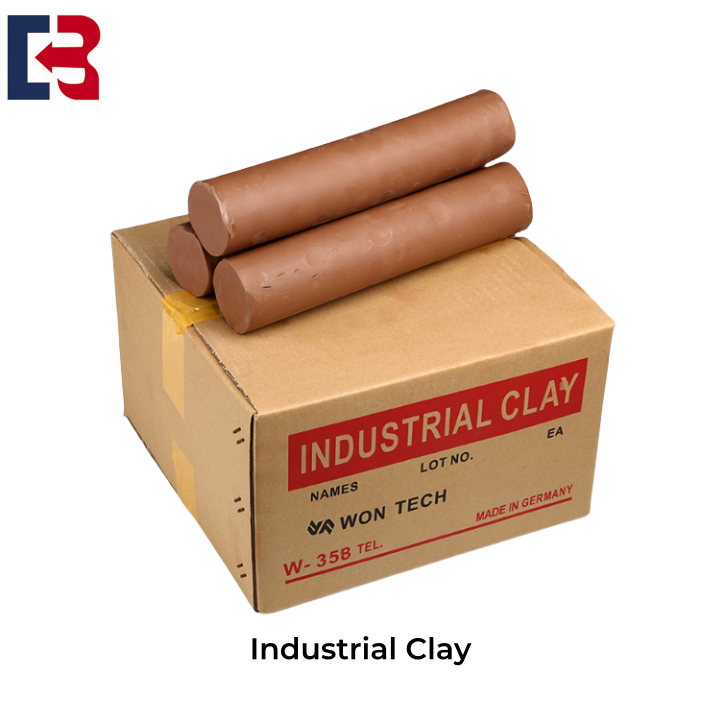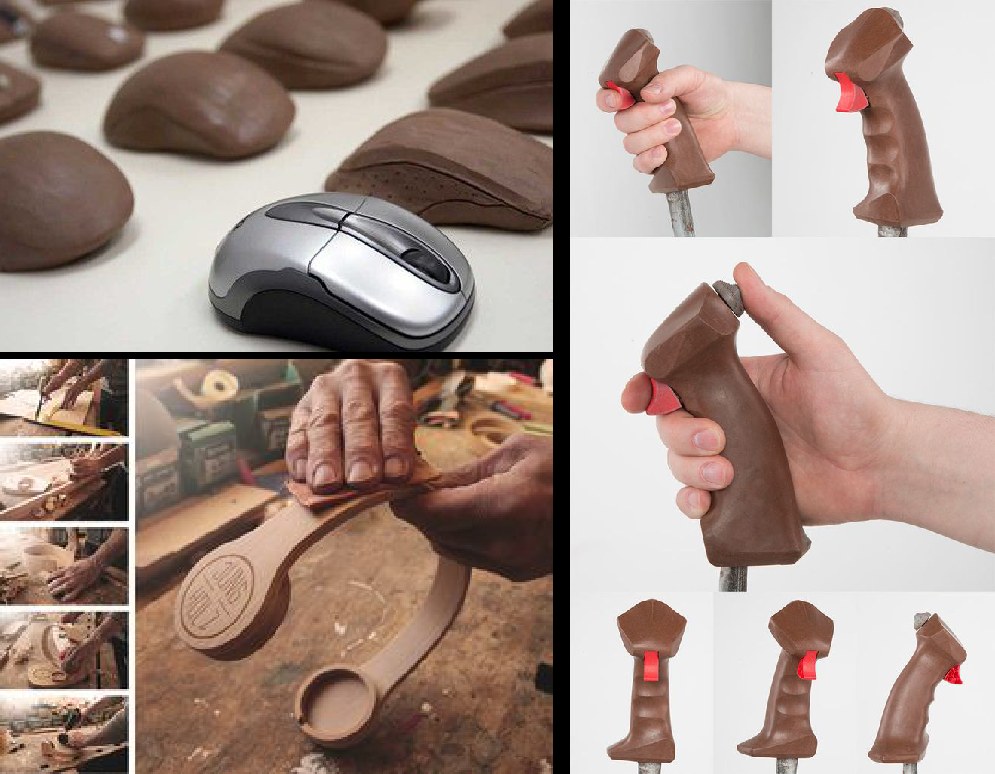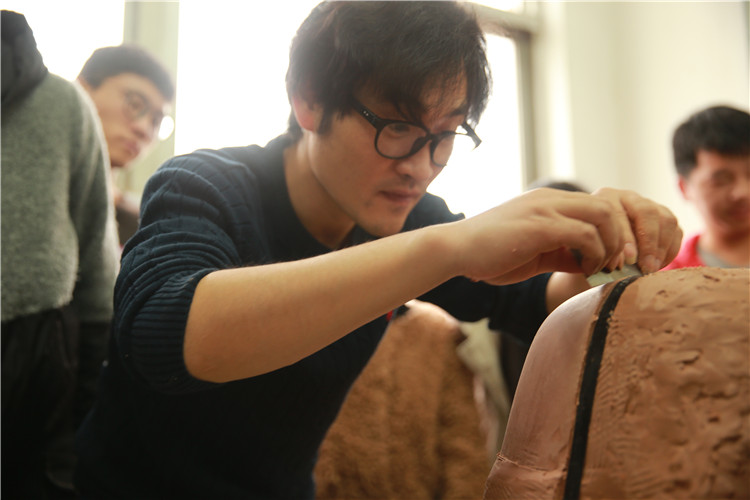
 Apr 01,2024
Apr 01,2024
 BOMI shanghai
BOMI shanghai
 406
406
The birth of a new car still starts with a single, confident flourish of violet marker on a sheet of bleed-proof paper. That first line fixes stance, wheelbase, and—more importantly—emotion. In studios from Turin to Detroit, designers now sketch in VR as readily as on vellum, but the brief is unchanged: translate a brand’s DNA into metal (or at least the promise of it) while anticipating the tastes of buyers two model years away.
Act II is the return of a century-old hero: clay. Fifty-five-kilogram blocks are warmed to 60 °C, rough-cut by a five-axis mill, then coaxed into life with steel rakes and callipers. Daylight floods the review bay because LED panels can’t replicate the way true sunlight bends across a quarter-panel. Executives pace, hands clasped behind backs, hunting for the one ripple that betrays an unresolved surface. Even in 2025, a full-size clay remains the automotive world’s ultimate lie detector—and thanks to closed-loop recyclers, most of that clay will be back in the oven by month’s end.
Laser scanners now take center stage, sampling the sculpture at 50-micron resolution and streaming it straight into CAD. Here the project becomes a multiplayer negotiation. Chassis engineers sneak millimetres for battery packs; crash specialists thicken sills; aerodynamicists add a mill to the roof camber, shaving two counts of drag. A single product-lifecycle backbone logs every tweak, preventing the slip-ups that once sent costs spiralling when tooling was already cut.
Before a single panel is stamped, virtual wind and virtual walls have their say. High-performance clusters run hundreds of CFD cases, tweaking diffuser angle and mirror stalks until the spreadsheet shows another kilometre of range. On a second screen, finite-element bodies crumple in slow motion while NVH teams tune subframe bushings to hit the magic 62 dB at 120 km/h. Every glitch caught here saves five figures once prototypes roll.
Those Beta cars arrive sooner than you’d think—3D-printed ducts, resin headlamps, and an 800-volt harness laced through hand-welded tubs. They brave Arctic lakes, desert ovens, Belgian pavé. Pass the safety, regulatory, and functional gates and the design is “frozen,” an ironic term given the two-year sprint behind it.
Production launch is the last cliff-edge. Body dies must hold ±0.15 mm; a single-piece giga-casting can eliminate sixty brackets but will scrap an entire cycle if porosity creeps in. Digital twins watch every press stroke and conveyor pause, feeding a control room that looks more NASA than Motor City. When the line finally hits SOP, cars emerge ready for over-the-air updates and a life-cycle carbon audit—the orange bookend to that purple sketch.
Tomorrow, generative AI will spit out a thousand viable silhouettes in a weekend, yet clay will still judge them under honest light, and engineers will still chase the flawless compromise between beauty, physics, and cost. In the new age of faster, greener, smarter, the real race is shortening that sketch-to-street chain without losing the magic that made us fall for cars in the first place.
